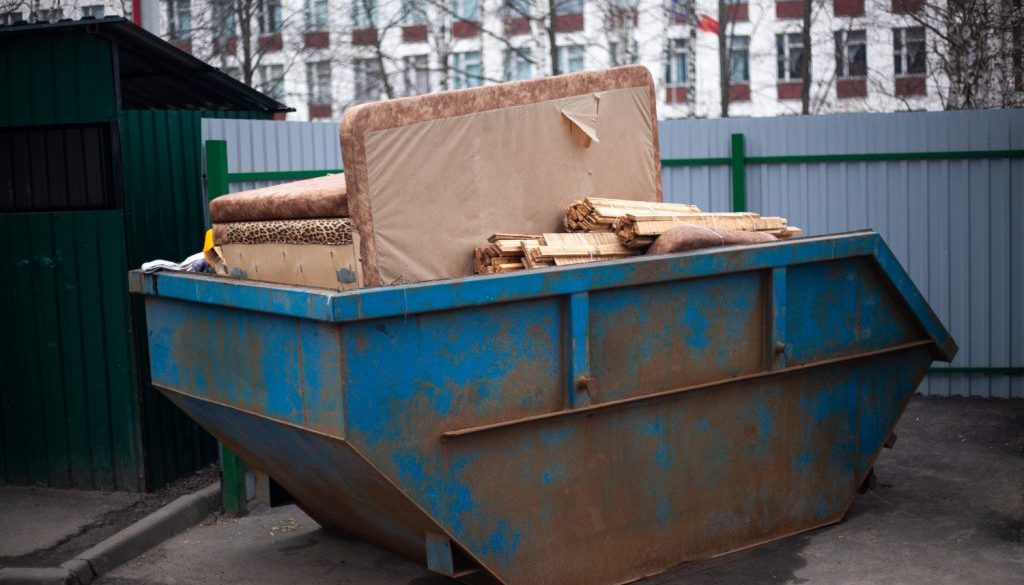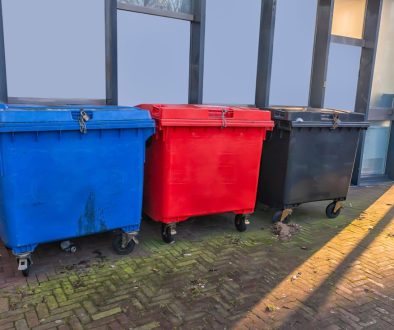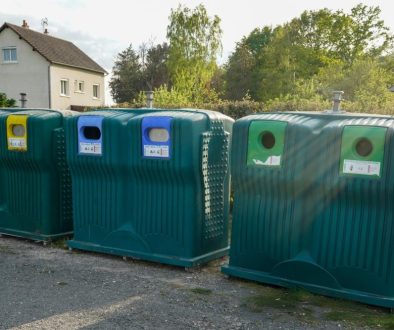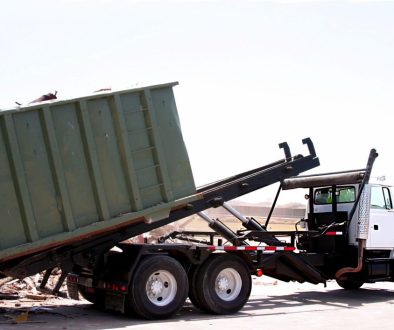As Christmas festivities wind down, many households are left managing various types of waste, some of which can be hazardous. From old decorations to leftover batteries from new gadgets, these items require special handling to ensure safety and protect the environment. Addressing this seasonal challenge is crucial for maintaining a healthy home and community.
Understanding what constitutes hazardous waste and how to deal with it effectively can prevent potential harm. Whether it’s dealing with that tangled set of fairy lights or figuring out what to do with leftover paint from holiday projects, knowing the right disposal and recycling methods is essential.
By taking the time to manage post-holiday waste responsibly, you contribute to a cleaner, safer environment. Let’s explore how you can tackle hazardous waste effectively this Christmas and prepare for a more sustainable festive season next year.
Common Sources of Hazardous Waste During Christmas
Christmas brings joy, but it also brings a variety of waste that can be hazardous if not handled properly. Identifying these common sources helps in managing them effectively. During the festive season, several items are frequently discarded that require special attention.
1. Batteries and Electronics: With new gadgets and toys under the tree, old batteries and electronic devices often end up being replaced. These items contain harmful substances like lead and cadmium, posing risks to the environment if not disposed of correctly.
2. Fairy Lights and Electrical Cables: Broken or outdated lights create excess waste. As they’re thrown away, the copper and plastics in these items contribute to pollution when not recycled properly.
3. Leftover Paint and Solvents: Holiday decorations often lead to leftover cans of paint and solvents, which are flammable and toxic if not stored or disposed of safely.
4. Cleaning Products: The holiday clean-up might result in using various cleaning agents, some of which can be hazardous due to their chemical composition.
5. Cooking Oils and Grease: The increased festive cooking results in leftover oil and grease, which can cause blockages if poured down the drain and are detrimental to water systems.
Recognising these hazardous items during the post-holiday season is the first step to ensuring they are managed without harm to people or the environment. Being aware of these sources helps in planning their proper disposal or recycling.
Safe Disposal Methods for Seasonal Waste
Proper disposal of hazardous Christmas waste is essential for safety and environmental protection. Ensuring you handle these materials responsibly keeps your home and surroundings secure. Here are recommended methods to manage festive waste:
1. Battery Recycling: Use local recycling centres to dispose of household batteries. Many shops offer collection bins, making it easy to drop off used batteries safely.
2. Recycling Centres for Electronics: Take old gadgets and electronics to designated recycling centres. These centres have specialised facilities to handle the materials safely, preventing harmful elements from entering the environment.
3. Local Council Pick-Ups: Some councils provide special pickups for hazardous items like paint and solvents. Check with your local council on available options for safe disposal.
4. Use Eco-Friendly Cleaning Solutions: Reduce the impact of excessive cleaning chemicals by using eco-friendly alternatives, and ensure any leftover hazardous products are disposed of as per guidelines on the packaging.
5. Grease Disposal Kits: Purchase grease disposal kits or set aside waste oil in a container before taking it to a recycling centre. Never pour oils down the drain.
Following these disposal methods ensures you handle your post-holiday waste efficiently and safely. It prevents potential environmental damage while promoting responsible waste management during the Christmas season.
Recycling Options for Post-Holiday Hazards
Recycling post-holiday items helps reduce waste and safeguard the environment. After Christmas, various recycling opportunities allow you to dispose of hazardous items responsibly.
1. Christmas Tree Recycling: Many local councils offer tree recycling services. They turn trees into mulch or compost, reducing landfill waste.
2. Electronics Recycling Events: Post-Christmas is a common time for e-waste collection events. These events handle items like old phones and tablets, ensuring responsible recycling.
3. Drop-Off Points for Lights: Some recycling centres accept broken or old fairy lights. These facilities separate materials like copper for reuse.
4. Cooking Oil Recycling: Many centres accept used cooking oils, which can be repurposed into biodiesel, an eco-friendly fuel alternative.
5. Gift Wrap and Card Recycling: Non-metallic wrapping paper and cards can often go in your recycling bin. Avoid products with shiny or glittery finishes, as they aren’t recyclable.
Proper recycling keeps many holiday hazards out of landfills and helps conserve resources. Taking advantage of local recycling options ensures you’re part of a broader effort to protect our planet.
Tips for Minimising Hazardous Waste Next Festive Season
Reducing hazardous waste next Christmas begins with thoughtful planning and purchasing. Implementing small changes during the festive season can significantly lessen your environmental impact.
1. Choose Eco-Friendly Decorations: Opt for LED lights and reusable or biodegradable decorations. Avoid those with harmful chemicals or heavy metals.
2. Buy Rechargeable Batteries: These reduce waste and are cost-effective. Have a charger handy to keep favourite toys and gadgets powered without discarding piles of single-use batteries.
3. Plan Gift Needs: Avoid excess packaging by choosing gifts with minimal wrapping or that come in recyclable packaging options.
4. DIY Cleaners: Make festive cleaning easier and safer by using natural ingredients like vinegar and baking soda instead of harsh chemicals.
5. Compost Food Scraps: Holiday feasts typically generate organic waste. Start a compost pile to manage leftovers sustainably.
6. Digital Greetings: Shift to e-cards or digital greetings, reducing paper waste and maintaining holiday cheer online.
By employing these strategies, you pave the way for a more sustainable festive celebration, minimising environmental harm and setting a positive example.
Conclusion
Dealing with hazardous waste after Christmas doesn’t have to be overwhelming. By recognising the sources and knowing how to dispose of and recycle these items, you contribute to a healthier environment. Proper waste management post-holiday season is not just about reducing clutter but also about safeguarding your home and community.
Whether you’re finding innovative recycling solutions for festive lights or managing leftover kitchen oils, each step makes a significant difference. The festive season should leave behind good memories, not piles of waste. By adopting mindful practices, you not only enjoy the holiday cheer but also support sustainability.
For your waste management needs, Enviro Skip Hire offers comprehensive solutions tailored for post-holiday and everyday scenarios. Contact us to see how we can assist with efficient and eco-friendly waste disposal and recycling services. Keeping Staffordshire clean and green is easy when we work together!




